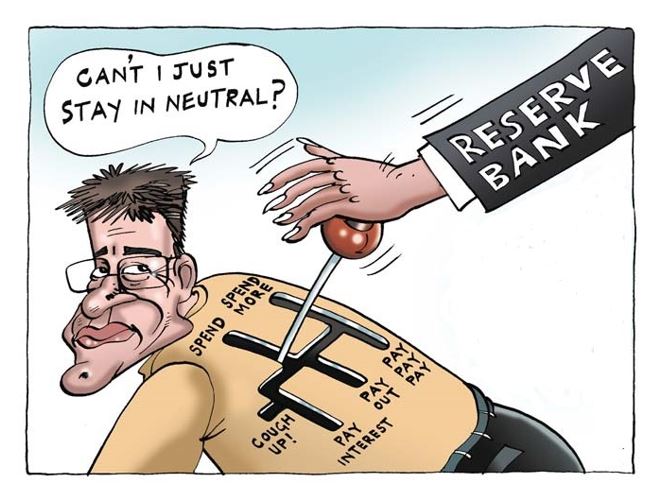In our previous blog on inflation, we looked at how high inflation can be unjust for different sections of the society (more so for the lower income bracket population).

Blog by: Archana Maganti, Ayush Agrawal & Rishi Vora
In order to reduce the inequity levied by high inflation, we recommend that both the government and RBI can take the following fiscal and monetary reforms:
- The strategy of RBI is to stabilize inflation at 4% with tolerance limit of 2%. The usual way for RBI to achieve it is by increasing policy rates (Repo, Reverse repo, CRR, SLR) which will translate to increased lending rates of the banks and credit issue. The defects in this mechanism are two-fold – (1) lack of financial inclusion which dampens the effectiveness of these instruments (2) these instruments do not make any distinction between credit intended for short term consumption and credit intended for long term productive assets. Moreover, the lending becomes dearer, primarily affecting agriculture and manufacturing sectors. The exchange rate appreciates (in short term) due to carry trade facilitating the entry of foreign portfolio funds, which reap more benefits than the local producers. Hence, we recommend that a separate credit mechanism be made available to these priority sectors whose borrowing rates should be competitive when compared to other countries. We also recommend to continue with the current financial inclusion schemes.
- RBI should use the differential between wage growth and inflation index for each income group (as discussed in ‘Inequity in impact of CPI fluctuations’ section in the previous blog) as a proxy for impact of inflation rather than using inflation index as a standalone measure. The policies (both fiscal and monetary) should be focused around the group that has the lowest value of differential. This will ensure that RBI is focusing on the income group that is most adversely impacted by current inflation.
- The government’s budget is composed of revenue component and capital component. The government collects money mainly through taxes. However, on the expenditure front, revenue expenditure does not lead to any increase in aggregate supply i.e creation of assets/increase in aggregate income in the economy while capital expenditure increases the number of assets and hence leads to increase in aggregate supply in the economy. Therefore, if the government borrowing is used to finance capital expenditure then an increase in aggregate demand would be complemented by an increase in aggregate supply which would lead to lower inflation as compared to revenue expenditure where aggregate supply remains constant. We recommend that the government should look to reduce revenue deficit to zero while financing only capital budget deficit through the money borrowed from RBI/foreign inflows.
- In order to control revenue expenditure through monetary policy, RBI should reduce SLR. On the recommendation of 1991 Narasimham Committee, SLR was reduced from 38.5% to 25%. Since then, our economy has grown by more than six times but SLR has only been reduced to 21.5% which provides government with a higher quantum of money for revenue expenditure. We recommend that a reduction in SLR to around 15% would make a portion of that quantum available to be lent for investment which will result in better asset generation thereby controlling inflation.
- Steps to control food inflation (which constitutes 57% of the CPI) should be taken. Around 40% of the food by value is being wasted in India annually.[1] The main reasons for these include inadequate supply chain management, few cold storage facilities (10% of the total requirement), inefficient transportation management and negligible incentives to invest in agricultural sector for domestic as well as foreign investors. The government needs to focus on improving agriculture infrastructure by building cold storage facilities across India and by making transportation system faster. The government also needs to focus on improving food processing technology by incentivizing investors to invest in this technology and educate farmer about using this technology.
- To decrease the effects of inflation on vulnerable classes of people, tax brackets should be indexed to inflation so that people can only be charged what they afford to pay in real terms. Although the current tax laws provide for indexing, they still lack the full indexing which will mitigate iniquitous effects of inflation. An additional cess or an additional tax bracket on the top 10 percentile of the country may be considered to even out the indexing effects. Widening the tax base through effective tax reforms and digitization of transactions can also help decrease revenue deficit and thus reduce inflation.
Based on our analysis, we conclude that neither high nor low inflation should be prevalent in the economy. RBI and government should work together to control inflation levels at around 4% which would ensure a balance between growth and price rise. The purpose is to operate the economy at its full potential without overheating it. A prerequisite for implementing the above solutions is to first understand the employment potential of the economy and gradually pushing the frontiers through planned investment.
Disclaimer – All the views expressed are opinions of Networth – IIMB Finance Club – members. Networth declines any responsibility for eventual losses you may incur implementing all or part of the ideas contained in this website.
[1] http://thecsrjournal.in/food-wastage-in-india-a-serious-concern/